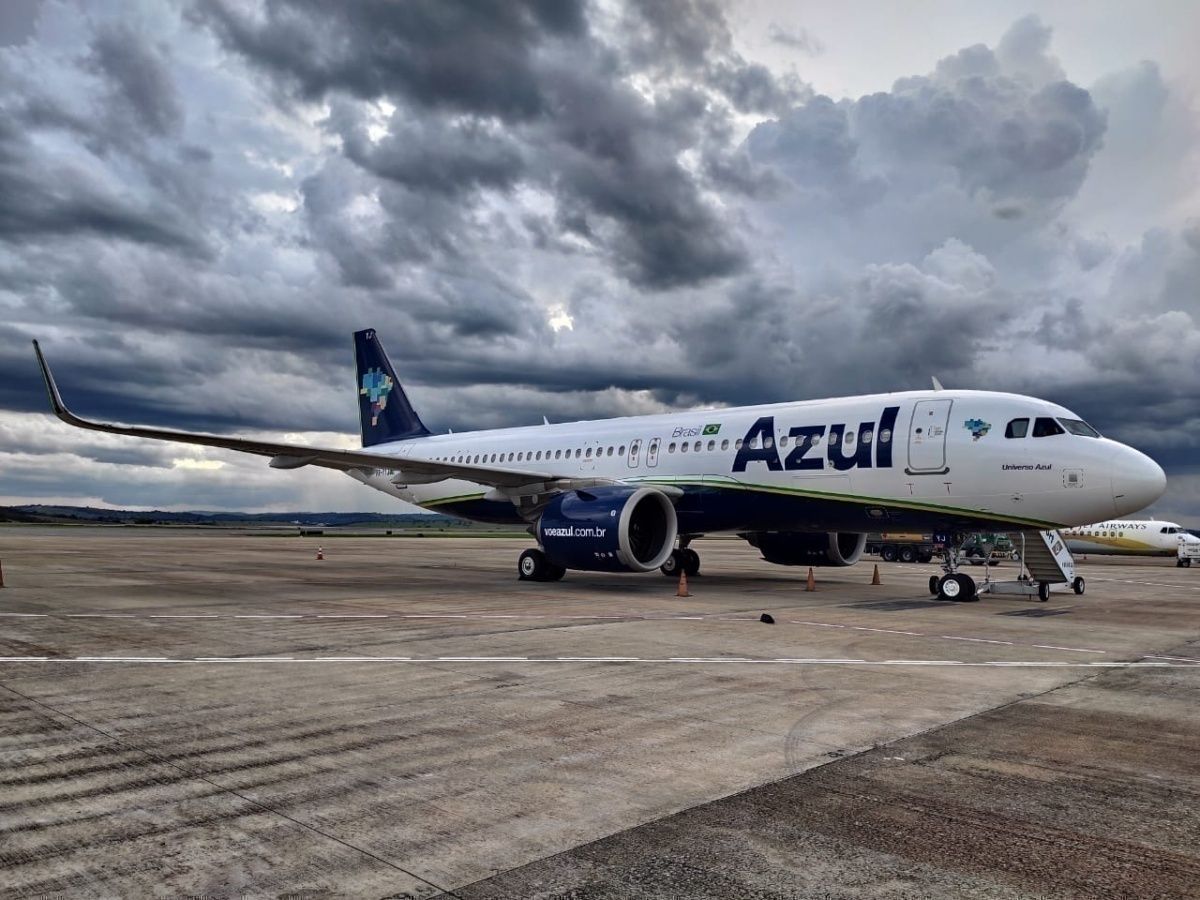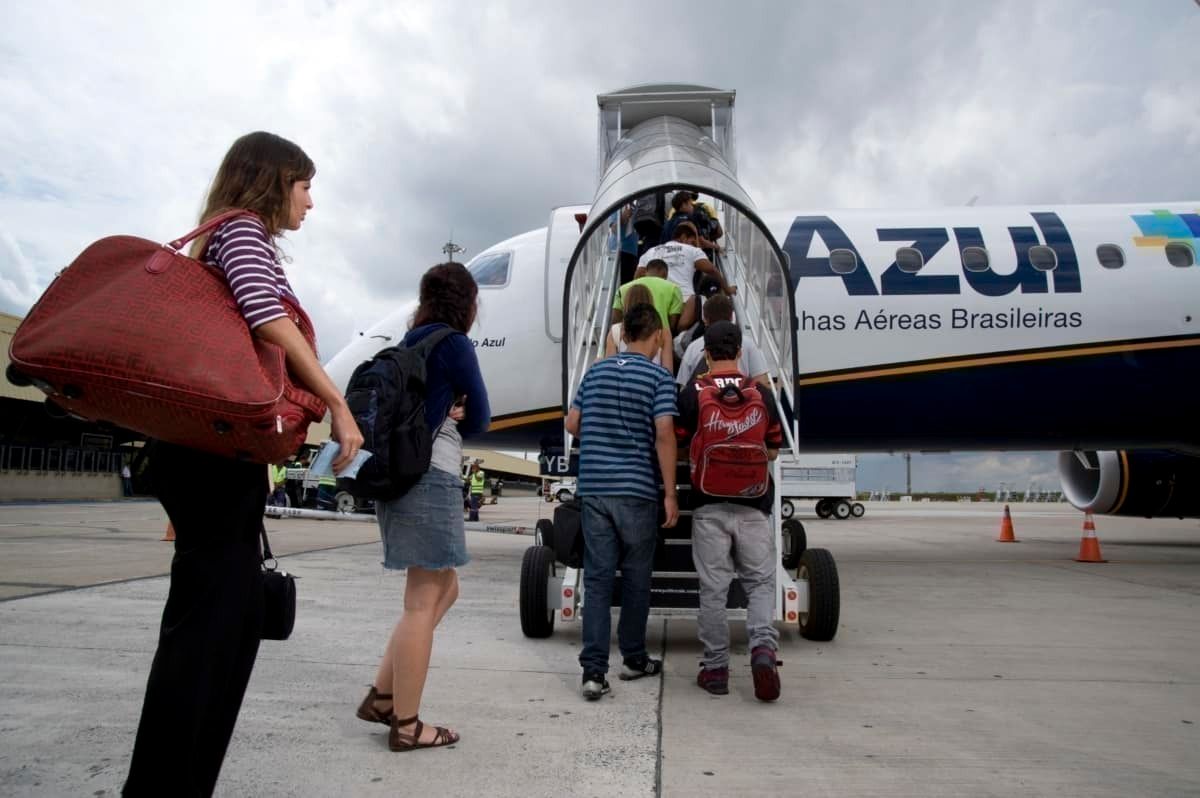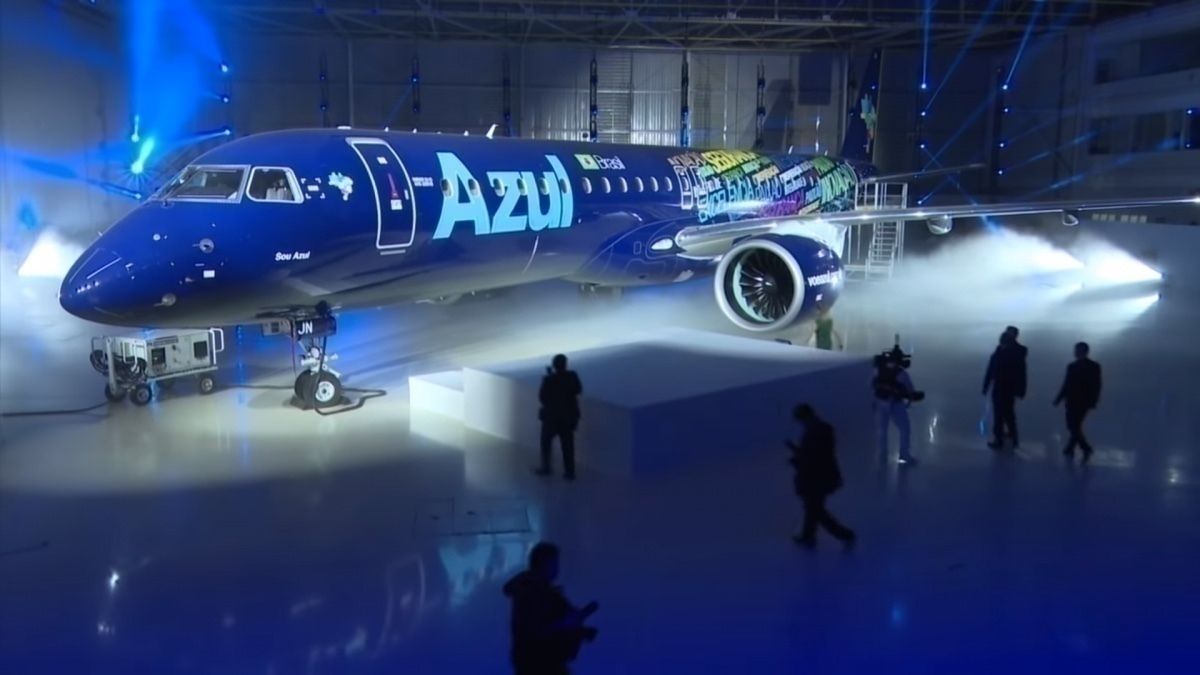An Azul Linhas Aereas Airbus A320neo was descending into Porto Velho on August 4 when the crew received an engine fire indication notification from the left-hand engine. The engine was immediately shut down, and the fire suppression system discharged. The crew's quick actions led to the fire indication being nullified with the aircraft landing safely on Porto Velho's runway 01.
Azul flight number AD-4545 from Manaus International Airport (MAO) to Porto Velho-Governador Jorge Teixeira de Oliveira International Airport (PVH) was descending when the incident occurred. According to the aviation website The Aviation Herald, the Airbus A320neo registration number PR-YRI was carrying 174 passengers and six crew.
Brazil's Aeronautical Accidents Investigation and Prevention Center (CENIPA) has opened an investigation into the occurrence and has not yet released any findings. The plane involved in the incident was still on the ground in Porto Velho some 44 hours after landing.
Stay informed: Sign up for our daily aviation news digest.
Engine fire procedures
When a fire in one of the engines is detected, the following things happen:
- The crew will hear a continuous chime while the fire handle, ECAM activation, Master Warning, and fuel lever illuminate.
- A possible rise in the temperature of the engine housing (nacelle) due to the fire.
- Possible engine surges or abnormalities due to engine irregularities.
A fire warning indicates that an area of the engine is on fire. It also suggests the possibility of the fire being fed by fuel or liquids. This warning requires immediate action from the crew.
Engine fire extinguishing system
The fire extinguishing system in an aircraft engine is housed in the nacelle compartment where all fluid pipes and equipment containing flammable fluids are located. When activated, the fire extinguisher sprays a fire retardant into the engine core and not the engine's combustion chamber or turbine area.
Because of this, it will not extinguish a fire that is within the two above mentioned areas. The fire retardant used is a dry gas called "halon (bromotrifluoromethane) that has no negative impact on the engine or its components.
About Azul
Azul Linhas Aéreas Brasileiras is a Brazilian budget airline based in Barueri, a suburb of São Paulo. Founded by Brazilian-American businessman David Neeleman, the man who also founded American LCC JetBlue.
When Azul, which means "blue" in Portuguese, was established in 2008, its primary goal was to provide an affordable air service to underserved regions of Brazil. Today, according to the aviation website Planespotters.net, Azul operates a fleet of 146 aircraft, mainly consisting of Airbus, ATR, and Embraer planes. Azul also has two 23-year-old Boeing 737-400s that it will most likely retire when new Airbus aircraft are delivered.
Before the COVID-19 crisis, Azul was rapidly expanding after cementing its place as Brazil's third-largest airline. This was then hampered by a 30% decline in the Brazilian real, forcing the airline to re-evaluate its situation. Just like every other airline, the coronavirus has hit Azul hard. Still, given its market position and expected growth in South America, Azul should emerge from the pandemic with strong prospects.
Have you ever flown on Azul? If so, please tell us what you thought of it in the comments.



